Histology And Cytology Medical Devices Pipeline Product Analysis

Imagine a bustling laboratory, bathed in the soft glow of microscopes. Technicians meticulously prepare slides, each holding a universe of cellular secrets. These aren't just random cells; they are clues, whispers of potential diseases, waiting to be deciphered by skilled eyes and advanced instruments. The field of histology and cytology, the study of tissues and cells, is undergoing a technological renaissance, promising earlier and more accurate diagnoses.
This article delves into the dynamic landscape of the histology and cytology medical devices pipeline. We'll explore the innovative products poised to revolutionize disease detection and management. This includes everything from advanced staining techniques to sophisticated imaging platforms. This represents a significant leap forward in our ability to understand and combat a wide range of illnesses.
The Foundation: A Look at Histology and Cytology
Histology and cytology have long been cornerstones of medical diagnostics. Traditionally, these fields relied on manual techniques. Samples are meticulously prepared, stained to highlight specific cellular features, and then examined under a microscope.
This process, while effective, can be time-consuming and prone to subjective interpretation. The field demands precision and meticulous attention to detail. Innovations in medical device technology are aimed at addressing these limitations.
The Power of Visualization: Advanced Imaging Technologies
One of the most exciting areas of development is in advanced imaging. This field includes technologies like confocal microscopy and optical coherence tomography (OCT). These tools offer unprecedented views of cellular structures.
Confocal microscopy provides high-resolution, three-dimensional images, allowing pathologists to examine tissues in greater detail than ever before. OCT, on the other hand, uses light waves to create cross-sectional images, offering a non-invasive way to assess tissue architecture.
These imaging technologies are particularly useful in detecting subtle cellular changes associated with diseases like cancer. Early detection greatly improves treatment outcomes and patient survival rates. The advancements translate to more effective interventions.
Staining Reimagined: Innovative Techniques for Enhanced Clarity
Staining techniques are essential for highlighting specific cellular components and structures. Traditional staining methods, while effective, can sometimes lack specificity.
Researchers are developing novel stains and staining protocols that offer greater precision and clarity. Immunohistochemistry (IHC), for instance, uses antibodies to target specific proteins within cells. This can help identify biomarkers associated with particular diseases.
Another promising area is digital pathology. This involves digitizing tissue slides and using image analysis software to identify and quantify cellular features. This can improve accuracy and reduce subjectivity in diagnostic assessments.
Automation and Efficiency: Streamlining the Laboratory Workflow
The sheer volume of samples processed in histology and cytology labs can be overwhelming. Automation is playing an increasingly important role in streamlining the workflow and reducing turnaround times.
Automated slide stainers, for example, can prepare multiple slides simultaneously, ensuring consistent and reproducible staining results. Automated cell counters can quickly and accurately quantify different types of cells in a sample, saving time and reducing the risk of human error.
These advancements not only improve efficiency but also free up skilled technicians to focus on more complex tasks. This leads to a more optimized and productive laboratory environment.
The Pipeline: Promising Products on the Horizon
The histology and cytology medical devices pipeline is brimming with innovative products. These tools are designed to address unmet needs in disease detection and management. Here are a few examples of promising technologies currently under development:
AI-Powered Diagnostic Tools: Artificial intelligence (AI) is revolutionizing many areas of healthcare, and histology and cytology are no exception. AI algorithms are being developed to analyze digital pathology images and identify subtle patterns that may be missed by the human eye.
These AI-powered tools can assist pathologists in making more accurate and timely diagnoses. Early detection of these AI-powered diagnostic tools greatly enhances treatment plans.
Liquid Biopsy Technologies: Liquid biopsies offer a non-invasive way to detect and monitor cancer. These tests analyze blood samples for circulating tumor cells (CTCs) or circulating tumor DNA (ctDNA). This reveals valuable information about the disease.
Liquid biopsy technologies have the potential to transform cancer diagnostics and treatment monitoring. These offer a less invasive alternative to traditional tissue biopsies.
Advanced Cytometers: Flow cytometry is a powerful technique for analyzing cell populations. Newer cytometers are incorporating advanced features, such as spectral flow cytometry, which allows for the simultaneous detection of more markers.
This enables researchers and clinicians to gain a more comprehensive understanding of cellular processes. This results in more precise diagnoses.
Challenges and Opportunities
Despite the tremendous progress in the field, there are still challenges to overcome. One major hurdle is the cost of these advanced technologies. Making them accessible to all laboratories, regardless of their size or location, is crucial.
Another challenge is the need for standardization. Establishing clear guidelines for sample preparation, staining, and image analysis is essential to ensure accurate and reproducible results. This fosters confidence in these new technologies.
Despite these challenges, the opportunities are vast. The histology and cytology medical devices pipeline holds immense potential to improve patient outcomes. This is achieved through earlier and more accurate diagnoses.
The Future of Histology and Cytology
The future of histology and cytology is bright. As technology continues to advance, we can expect to see even more sophisticated tools emerge. These advancements further refine our ability to understand and combat disease.
The integration of AI, genomics, and other omics technologies will likely play a key role in shaping the future of the field. This comprehensive approach enhances our understanding of diseases at the molecular level.
These advancements promise to usher in a new era of personalized medicine. Tailoring treatment strategies to the specific characteristics of each patient's disease is the ultimate goal. This individualized treatment will lead to better outcomes and improved quality of life.
The journey through the advancements in histology and cytology reveals a relentless pursuit of knowledge and precision. It is a story of innovation driven by the desire to alleviate suffering and improve lives. As we look to the future, we can be confident that these technologies will continue to transform the landscape of medical diagnostics, offering hope and healing to countless individuals.

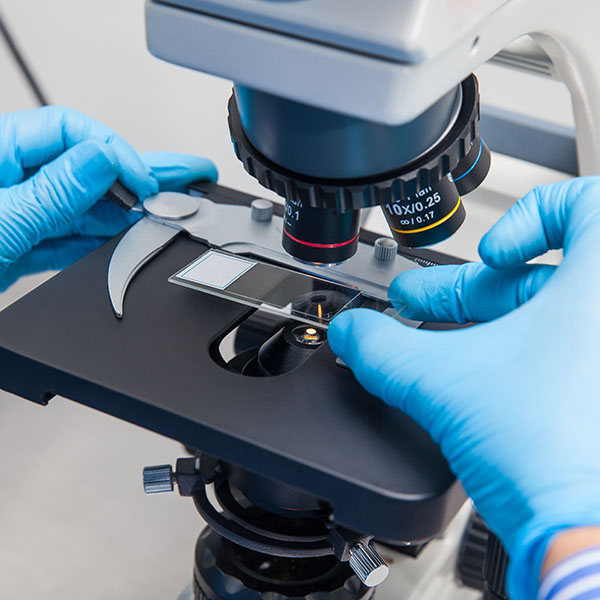
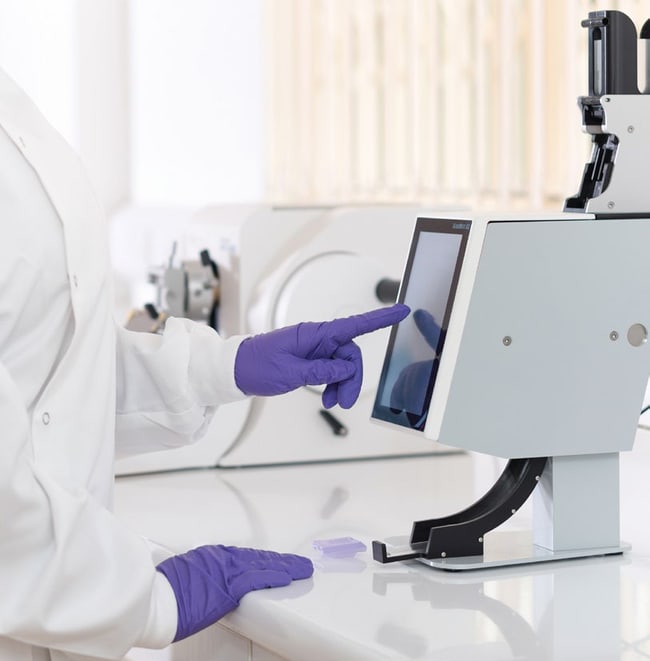
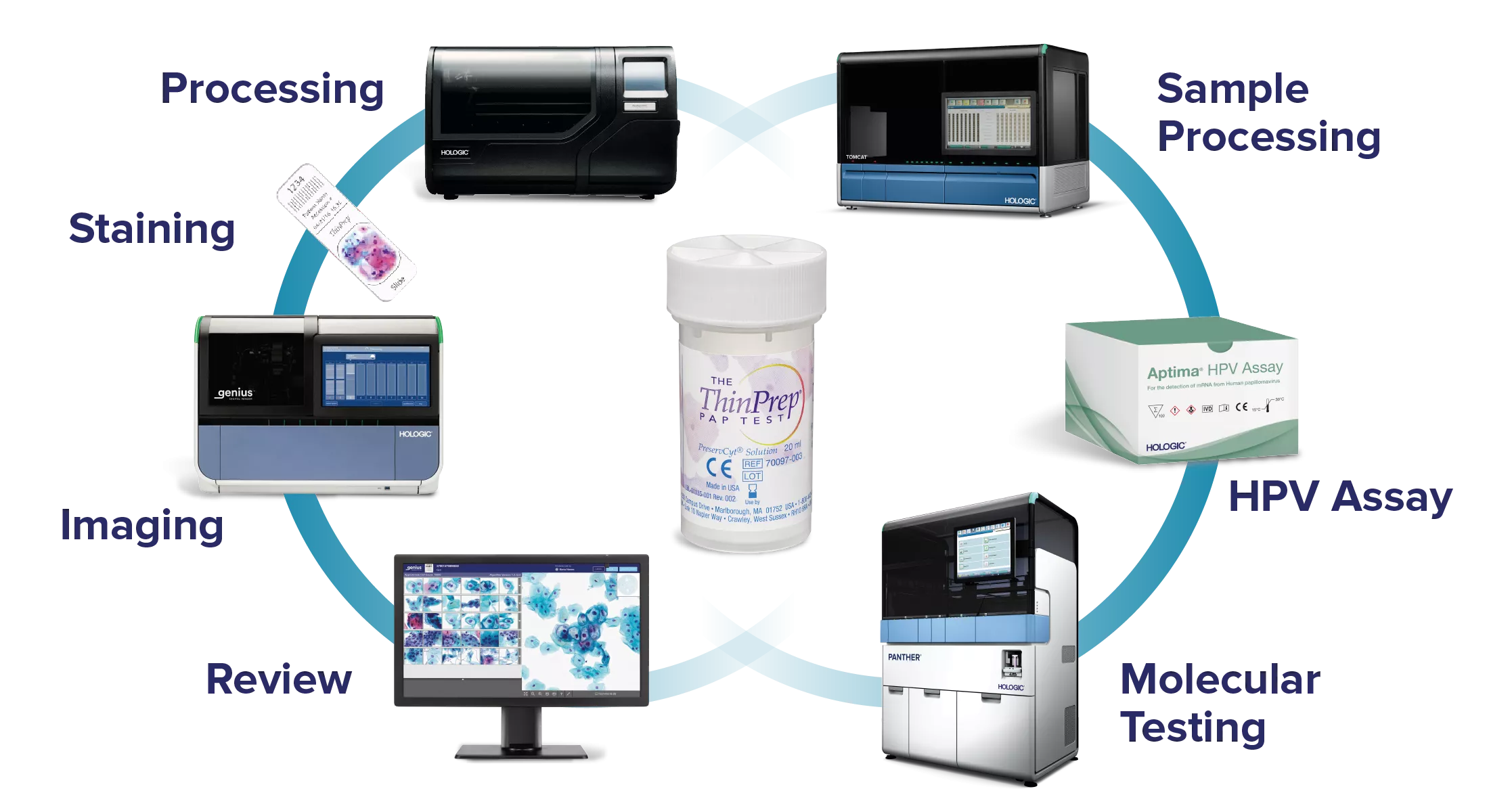
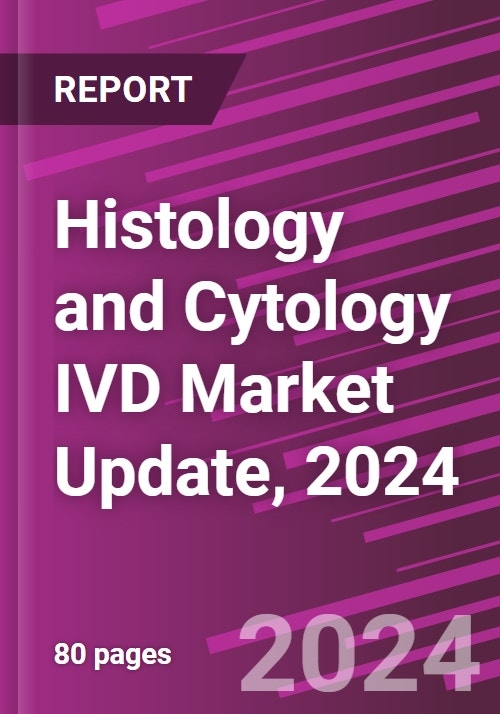
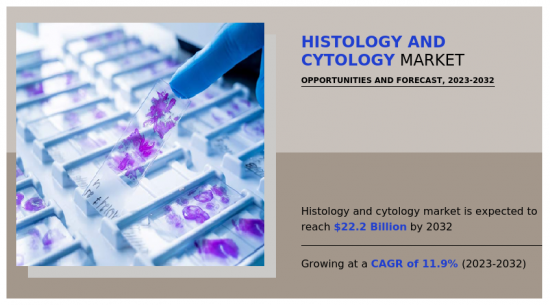

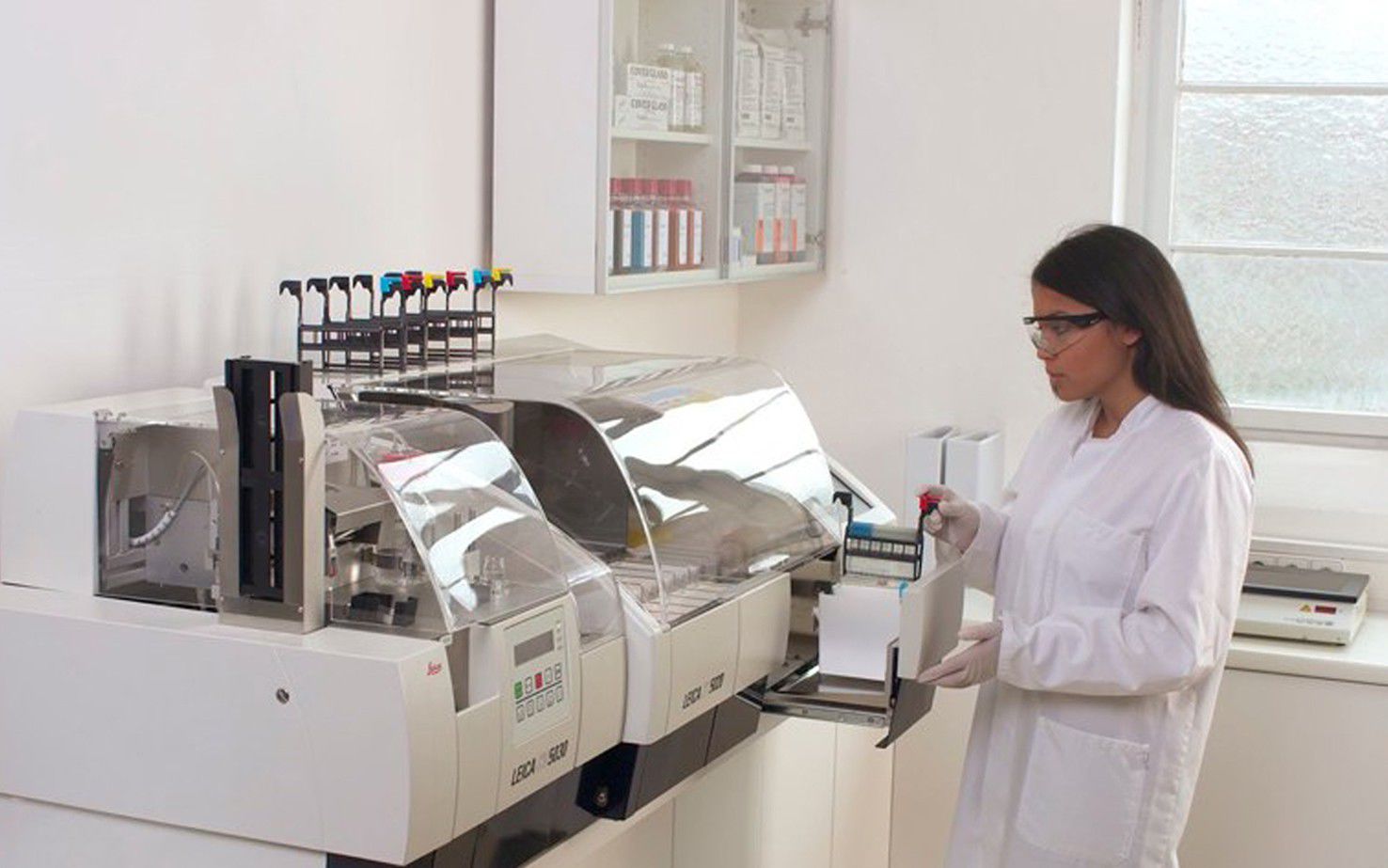
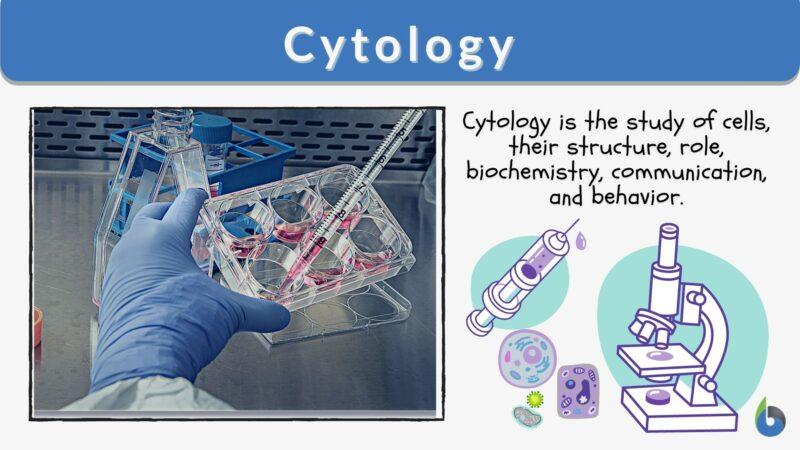



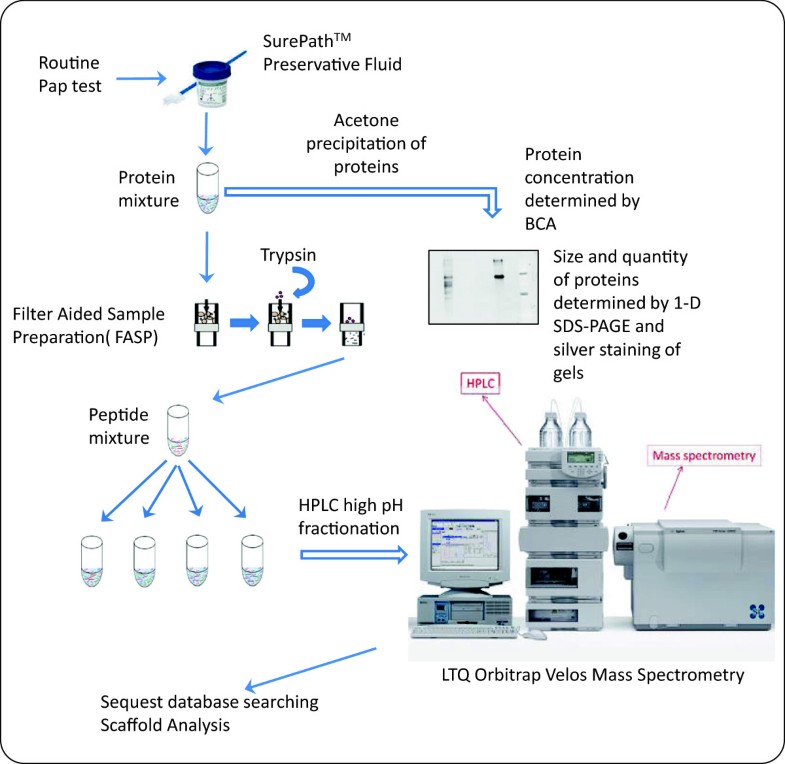
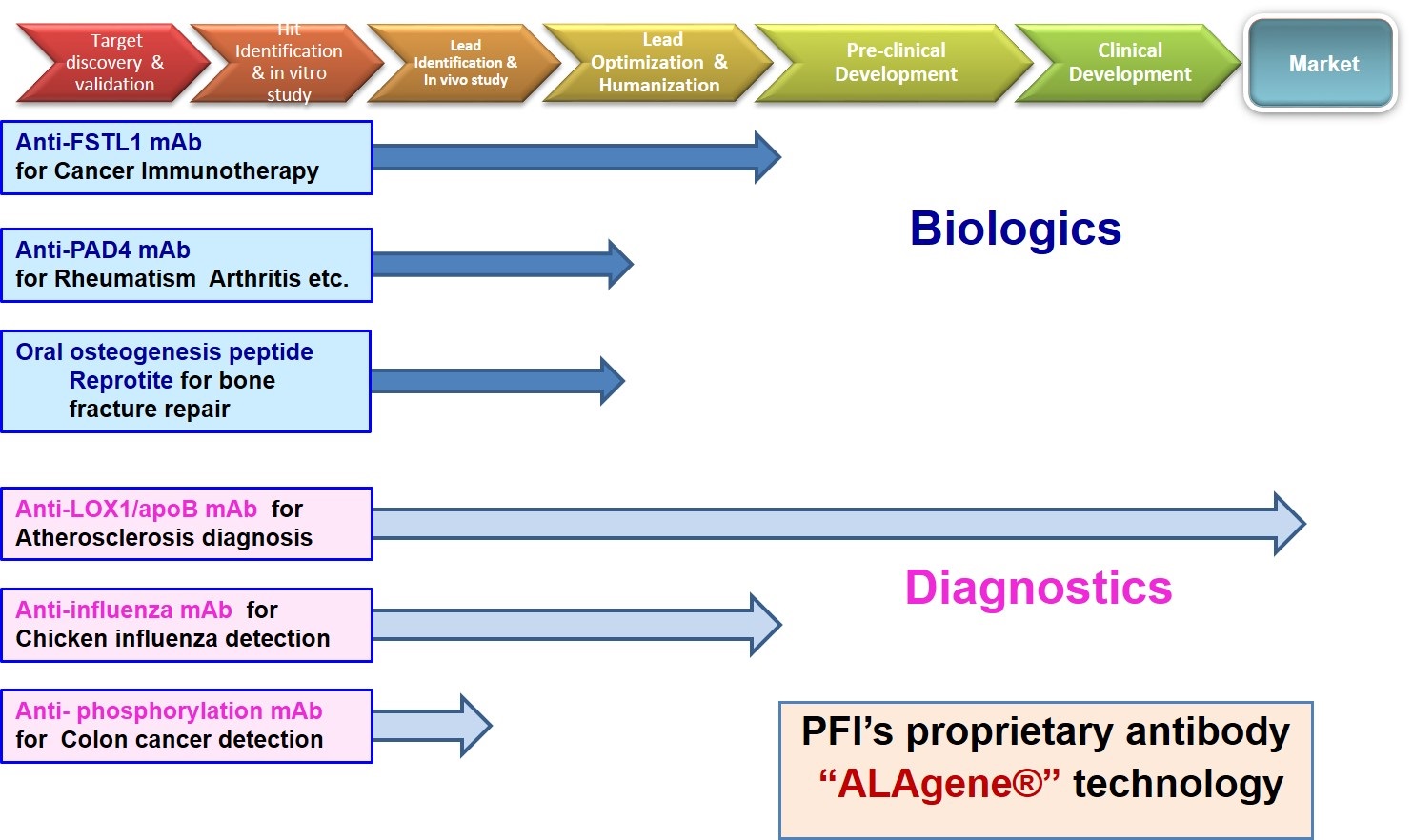


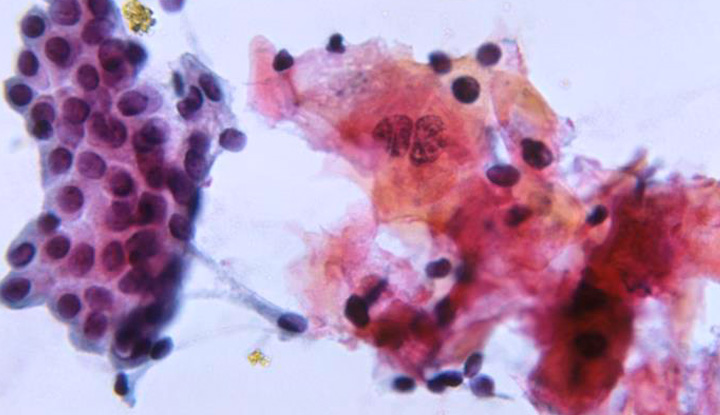
2017.jpg)
